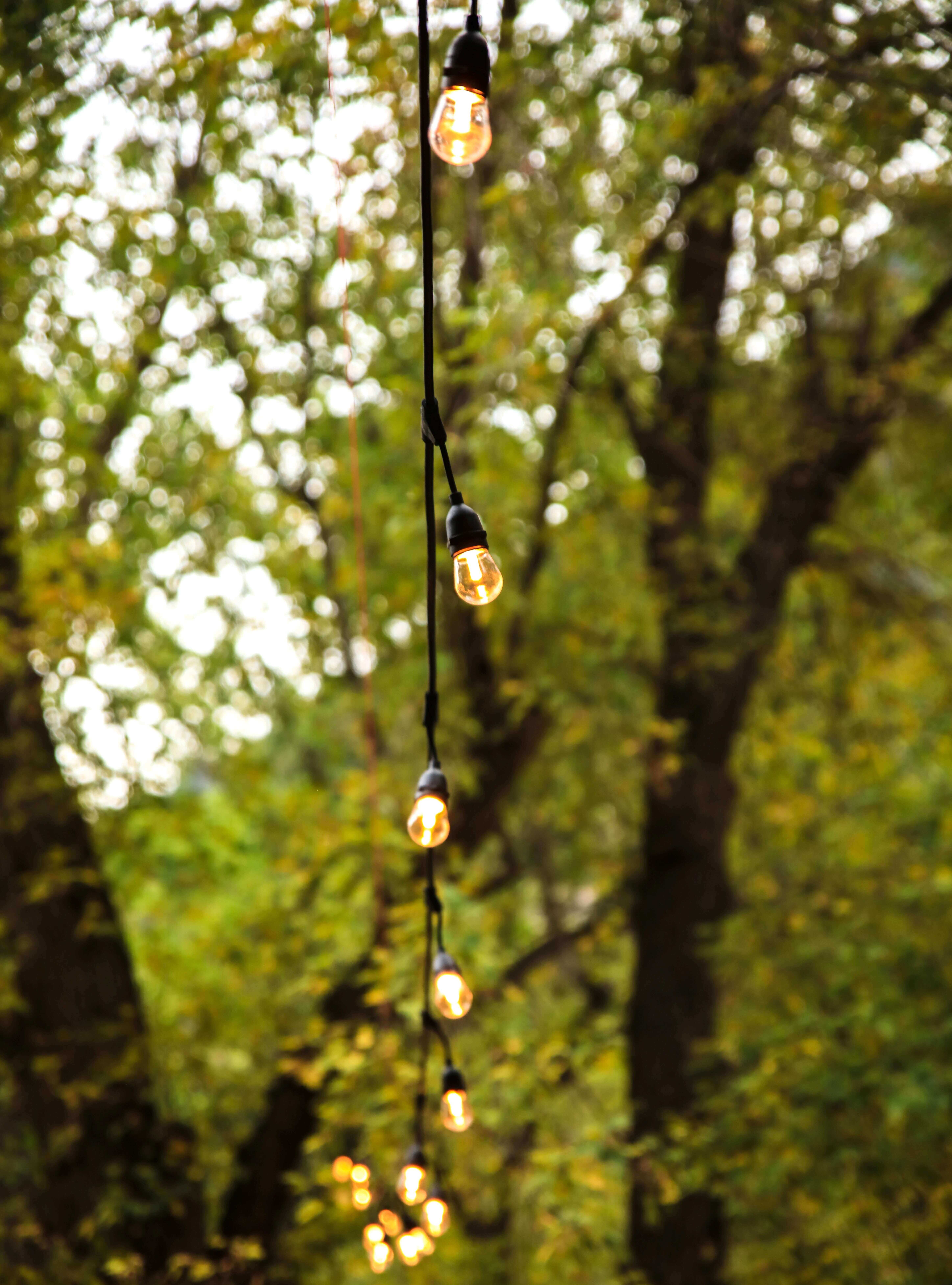Are you looking for some simple ways to incorporate sustainability into your life this summer and reduce your environmental impact? Review our list of sustainable tips that you can implement into your life this summer to reduce electricity usage, save money, and lower your carbon footprint in the process!
1. Turn up Your Air Conditioner 7 Degrees in the Summer
By setting your thermostat to 7-10 degrees higher than what is preset, you can save 10% on your electricity bill. This is because the air conditioner doesn’t have to work as hard to lower the temperature in your home to a lower temperature. By setting the air conditioner temperature to the highest degree you are comfortable with, you will reduce the gap between the temperature outside and inside your home, which means you’ll use less energy to cool your home. This can not only save money, but can reduce your environmental impact as well.

2. Open Windows to Cool Your Home
Depending on where you live in the country, the summer months can range from mild to extremely hot. Air conditioning is a great way to keep houses and buildings cool when the summer temperatures are too hot outside. However, air conditioners require electricity to operate and depending on where you live and get your electricity from, your electricity could come from coal or natural gas, among other nonrenewable sources.
To reduce the amount of electricity and air conditioning you use, try opening windows in the early morning and around dusk when the temperature is cooler. By letting in the cooler air in the evening and morning and closing windows during the day when it is hottest, the cool air can be locked into your home, reducing the amount of time you need to use the air conditioning. Not only does this save money, but it also reduces your environmental footprint if your energy comes from nonrenewable sources.
3. Line Dry Clothes to Save Energy
With hotter temperatures and more hours of sunshine, drying your clothes on a clothesline or drying rack outside or inside near a window eliminates the need to use an electric dryer, saving electricity and reducing your monthly utility bill in the process.

4. Use Natural Lighting to Light up Your Room
A simple way to save money and reduce your electricity use this summer is to use natural lighting to light up rooms during the day, rather than using the lights in your home, when possible. If you work from home, placing your desk or workspace near the window can eliminate the need to use lamps or electric lighting while you're working during the day.
5. Unplug Chargers and Devices When Not in Use
Did you know that even when you're not using an appliance, if it is plugged in it still is using electricity? This is called phantom power and can cost homeowners $150 a year in energy costs. By keeping your devices, lamps, appliances, and other chargeable items plugged in when not in use, these items are still pulling electricity from the grid. This summer, take a tour around your home and see which appliances that are plugged in but not being used. Try to unplug all the ones you can to save money and reduce your electricity usage in the process.
6. Water Your Lawn and Plants Outside of Peak Sunlight Hours
If you have a yard, garden, or potted plants on a patio, the best time to water is early in the morning or at dusk. This allows plants to have more time to soak up the water and requires less water to be used for watering. When watering during the day, much of the water evaporates from the sun, which wastes water and requires more watering to keep plants alive.
7. Go Solar For Outdoor Lighting
If you don’t have solar on your house and are looking to light up your patio, backyard, porch, or front yard in a sustainable way, consider purchasing solar lights rather than lights that you plug in. Outdoor solar lights come in many different models, including solar string lights, lanterns, and lights that stick into the ground. By going solar with your outdoor lighting all the energy needed to power the lights is produced by the sun, so you don’t need to connect the lights to a power source. If the energy where you live is produced from coal or natural gas, using solar lights can reduce your carbon footprint and can also save you money by not having to pay the electricity costs to power your outdoor lights.

8. Complete a Do-It-Yourself Home Energy Audit
Another way to reduce your energy usage this summer is to do an at-home energy audit. Through an energy audit, you can identify areas in your home where you can save electricity or upgrade to more energy efficient appliances and items. The US Department of Energy has a great guide for how you can do a Do-It-Yourself energy audit for your home.
9. Opt for Reusable Products Over Single-Use Items
One way to reduce the amount of single-use items you use is to choose reusable products over single-use products such as products made from plastic or styrofoam. When going out to eat or on a summer picnic, consider bringing a reusable water bottle and utensils set, so you don’t have to use plastic utensils provided by the restaurant. If you’re headed to the store, bring a reusable bag with you so you don’t have to use a plastic bag. Making simple swaps, such as bringing your own bag or reusable utensils, can reduce your environmental footprint and save space in the landfill as well.

10. Use Reusable Plates for Your Next Outdoor Gathering or Event
If you’re having a summer get-together in your backyard or at a local park, consider using reusable plates, bowls, cups, and cutlery instead of using plastic products. Plastic products are made out of oil. The oil is extracted from the earth, sent to a refinery where the oil is refined and turned into plastic pellets, which then get turned into items such as plates and forks. The process for extracting oil is resource intensive and also produces carbon dioxide, a harmful greenhouse gas.
Using reusable over single-use items at your next picnic, backyard gathering, or while camping can help you lower your environmental impact this summer. If reusables are not possible, try opting for single-use plates and utensils that can be composted.
11. Take Public Transit, Bike or Walk, when possible
If you own a gas-powered vehicle, one way to reduce your carbon footprint this summer is to take advantage of the additional sunlight hours and bike or walk to nearby locations, if possible. With more light in the morning and evenings, biking and walking to the local grocery store, park, or nearby errands is much easier and a great way to save money on gas and reduce your environmental footprint. For longer trips, taking public transit or carpooling is a great way to reduce your impact and be more sustainable with your transportation choices.
